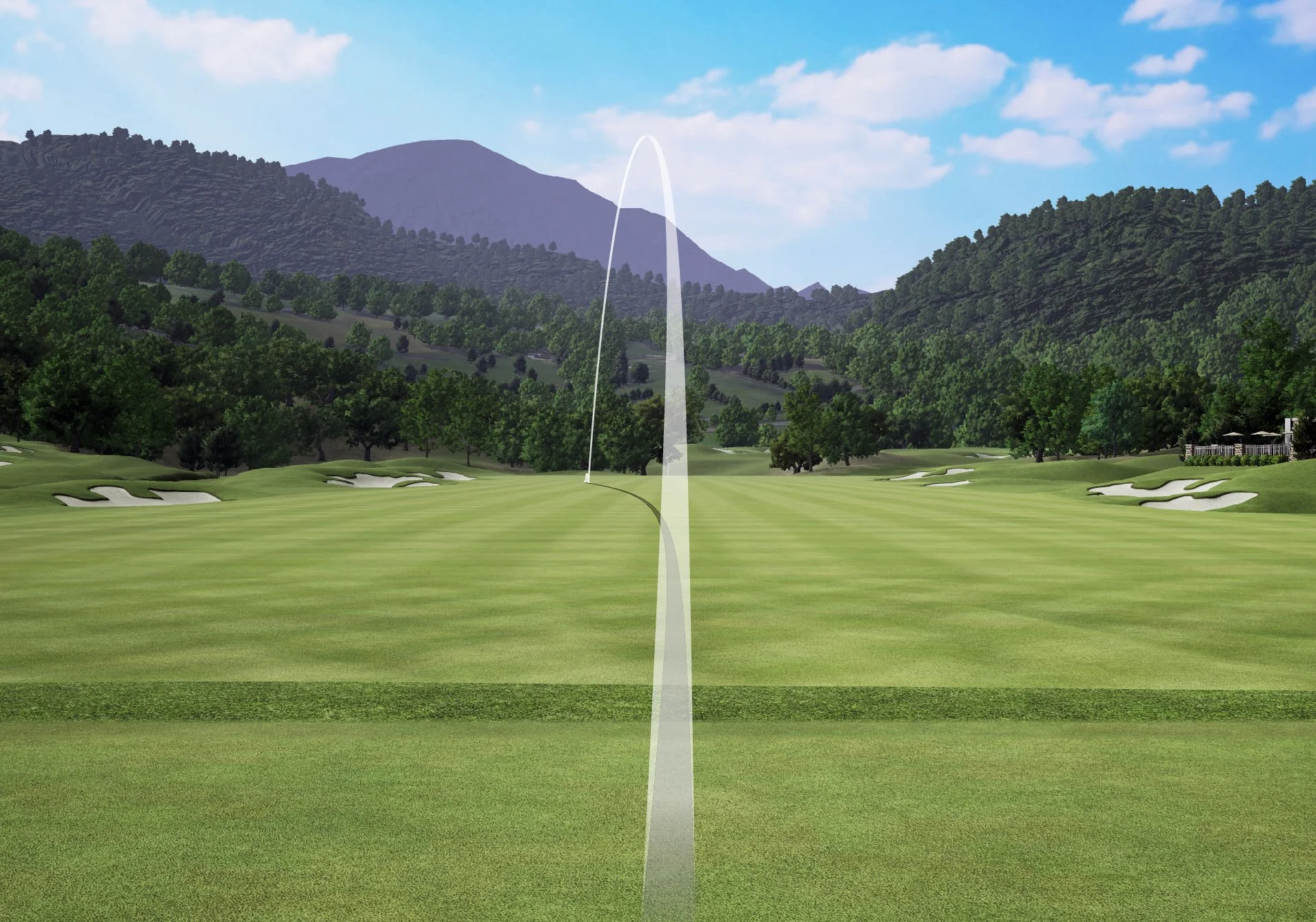How do you grip the club? Overlap? Interlock? 10 finger (all 10 fingers on the club)? Strong left hand? Strong right hand? Weak left hand? Weak right hand?
There are a number of ways to grip the golf club but which is the correct way and which is the wrong way?
Now I’m going to give you an answer that you might not like as it’s something that you will never have heard before and goes against the grain of what almost every instruction book has ever delivered to you…………… it depends! In my experience I have seen players grip it ‘text book’ as per the standard instruction books and hit the ball left, right and with an incorrect wrist hinge. I have, on the other hand, seen some extra-ordinary hands on clubs that manage to do the job for that player. Don’t get me wrong, I would advocate an orthodox grip on a player who has literally just started to play the game or has played just once or twice. If I was coaching a player who has played for 10 years for example and never had a lesson, the grip is something I would try and avoid if possible changing. Why? Because a player who has been playing for that length of time would find it very difficult to change the position of their hands as they are very used to the feeling of where their hands are positioned on the club, it’s unconscious. The difficulty comes when changing the hands, the only point of contact with the golf club, becomes conscious and thus the player ends up ‘fighting’ in the short term to get a comfortable feeling on the grip, whether it be the correct way or not, leading to a steering of the clubface opening or closing it with the ball ending up left or right of target.
I remember teaching a gent who had the most un-orthodox grip I’ve ever seen. He was a right handed player and his left hand was as strong as possible (meaning positioned ‘on top’ and able to see all of the back of the left hand during set up) and his right hand was also strong (meaning right hand ‘under’ the grip, so if palm of the hand were to open, it would point to the sky). Now, usually when I see a grip like this, the instant reaction is to see the ball flying left as the clubface would close. However, the player told me on his first session his bad shot was to the right of target! Completely against the grain of what his grip was saying! I was fascinated to see how his clubface was looking during the swing and especially at the moment of truth, impact. As expected, the clubface at the top of the swing was closed (clubface pointing at the sky at the top). But, to my astonishment, his clubface returned to impact as near to square as possible almost every single shot, the ball starting on line or a touch to the right consistently.
Curious, I wanted to do a little experiment with the golfer. I asked him to put his hands in an orthodox position……. Able to see 3 knuckles on left hand and thumb on right hand pointing to right shoulder. Instantly, he hated it. Having played for 6 years with his very strongly positioned grip, he took an instant dislike to it. I tried to comfort him by giving him a John Jacobs quote….’don’t worry where the ball goes, I’ll take the blame’.
Well, the next 3 shots he hit went so far right of target with a 6 iron it was incredible, even missing the 80 yard wide driving range! That was enough evidence for me, I wasn’t going to let him carry on hitting shots like that. He came to me to improve, not miss the driving range every time he hit a shot!
My point here is don’t try and make the grip perfect. It doesn’t need to be spot on to help you hit quality golf shots. It might need tinkering here and there and for that go and see a reputable professional to help you. Please don’t try and change your grip because a magazine article says so!
























